Attitude...
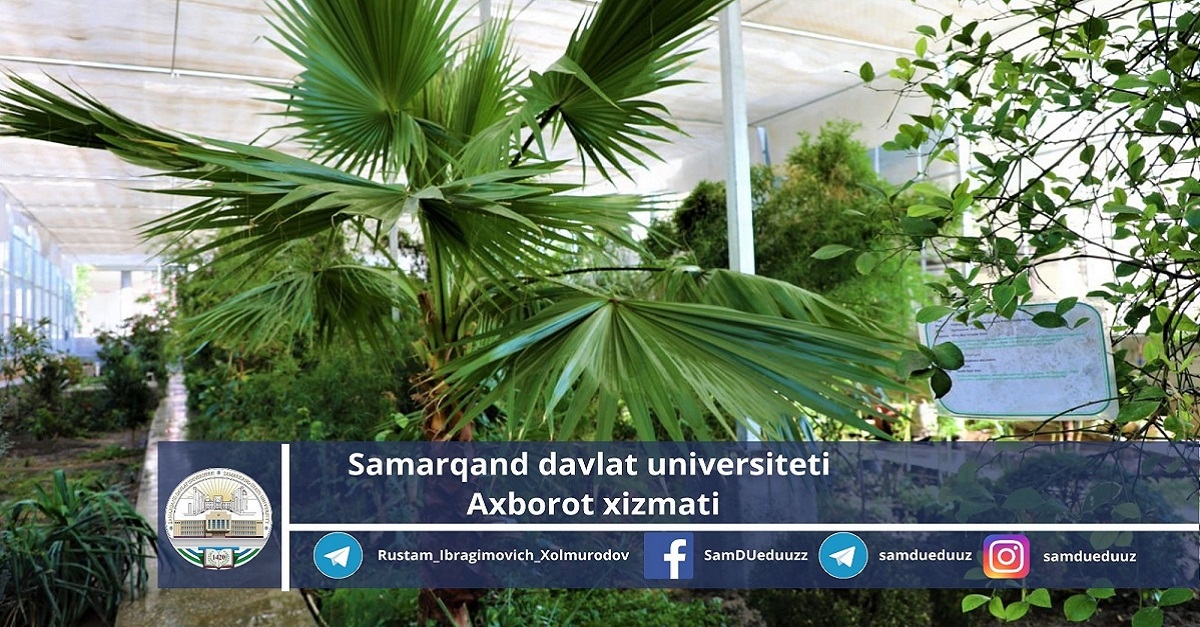
Diyora Rafieva's treatment of the Samarkand State University greenhouse is published on bbc.com. She compares photos from 1969 and today. Zafarbek Solijonov also published this message in his Telegram channel.
The information service of Samarkand State University reports the following:
The Samarkand State University Greenhouse was built in 1970-1971 on the initiative of Academician Yorkin Turakulov. At that time the greenhouse was 71.5 meters long, 14.3 meters wide and 3.5 meters high and cared for 50 plants.
Today the greenhouse of Samarkand State University is not only a scientific laboratory, but also a place where rare plants grow. One of the important aspects of collecting plants in the greenhouse is that it is used as a biological and ecological reserve in the process of continuing and additional education, as well as in scientific and research work by scientists, scientists, researchers, students.
Currently, there are more than 250 species and varieties of ornamental, tropical and subtropical plants brought from different parts of the world.
Plants such as laurel, coffee tree, melon tree, agave, palms, bananas, cacti, Japanese medlar attract the attention of many people in the greenhouse plant collection.
This greenhouse is located on the campus of the Institute of Biochemistry at SamSU, and next to it a delegation hall is being built to receive foreign guests. The greenhouse is of interest to foreign guests because it is the only one among the greenhouses of higher educational institutions in Uzbekistan...
The construction of a more comfortable, modern and new type of greenhouse for growing tall tropical and subtropical plants began in 2022. The greenhouse, which is expected to be completed by the end of June 2023, is 73 meters long, 16 meters wide and 7.70 meters high. If you compare the old and new greenhouse, you can see that it is almost 3 times bigger.
When you enter the old greenhouse it was difficult to breathe because of the cramped space and dense arrangement of plants. People with high blood pressure could not stay long. In the renovated and enlarged greenhouse all this was taken into account and built according to the requirements of the time. By the end of this year, more than 500 ornamental, tropical and subtropical plants are planned to grow in this greenhouse.
In addition, the staff and specialists of the greenhouse give advice and suggestions on landscaping and gardening in Samarkand.
Regarding the comparison of photos on bbc.com and Zafarbek Solijonov's Telegram channel, we report the following. We assume that the scene shown in 1969 is a photo taken before the abnormal cold weather of this year. The photo claimed as the current one was taken earlier this year during the abnormally cold weather.
It is true that 15 to 20 percent of the plants in the greenhouse died, despite the quick measures taken against the cold. For now, the remaining plants in the greenhouse are being cared for as needed and there is no cause for concern. Is under the constant supervision of the botanists of the university.
It is worth noting that the Faculty of Biology at SamSU maintains cooperative relations with renowned biology scientists from Russia, China, Pakistan, India, USA, Italy, Japan, and Turkey. Advice and suggestions of foreign scientists for further improvement of this greenhouse are taken into consideration.
Information service of Samarkand State University is open for all. We encourage you to further study the information and then publish it. We are ready to cooperate in this matter.
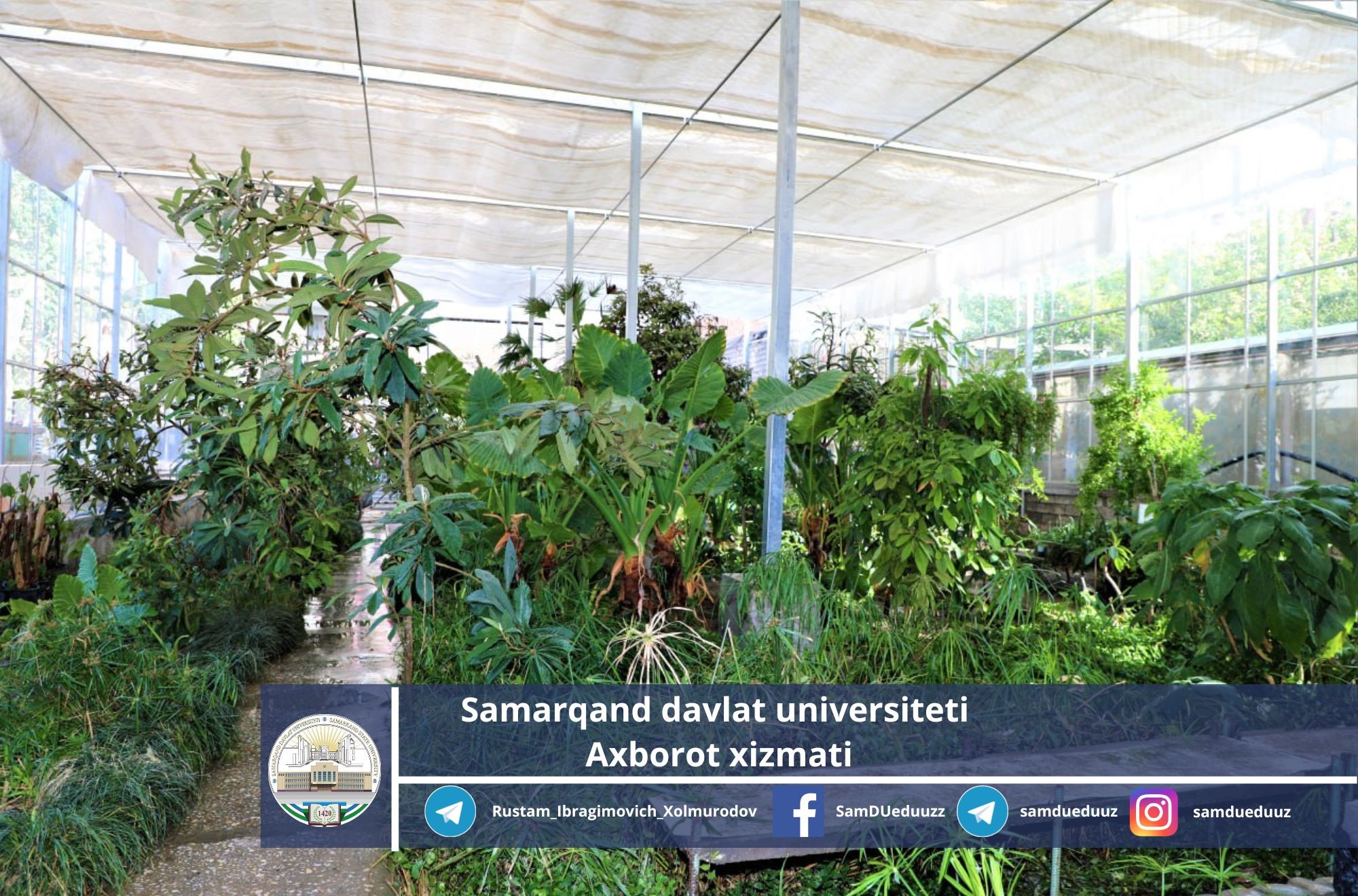
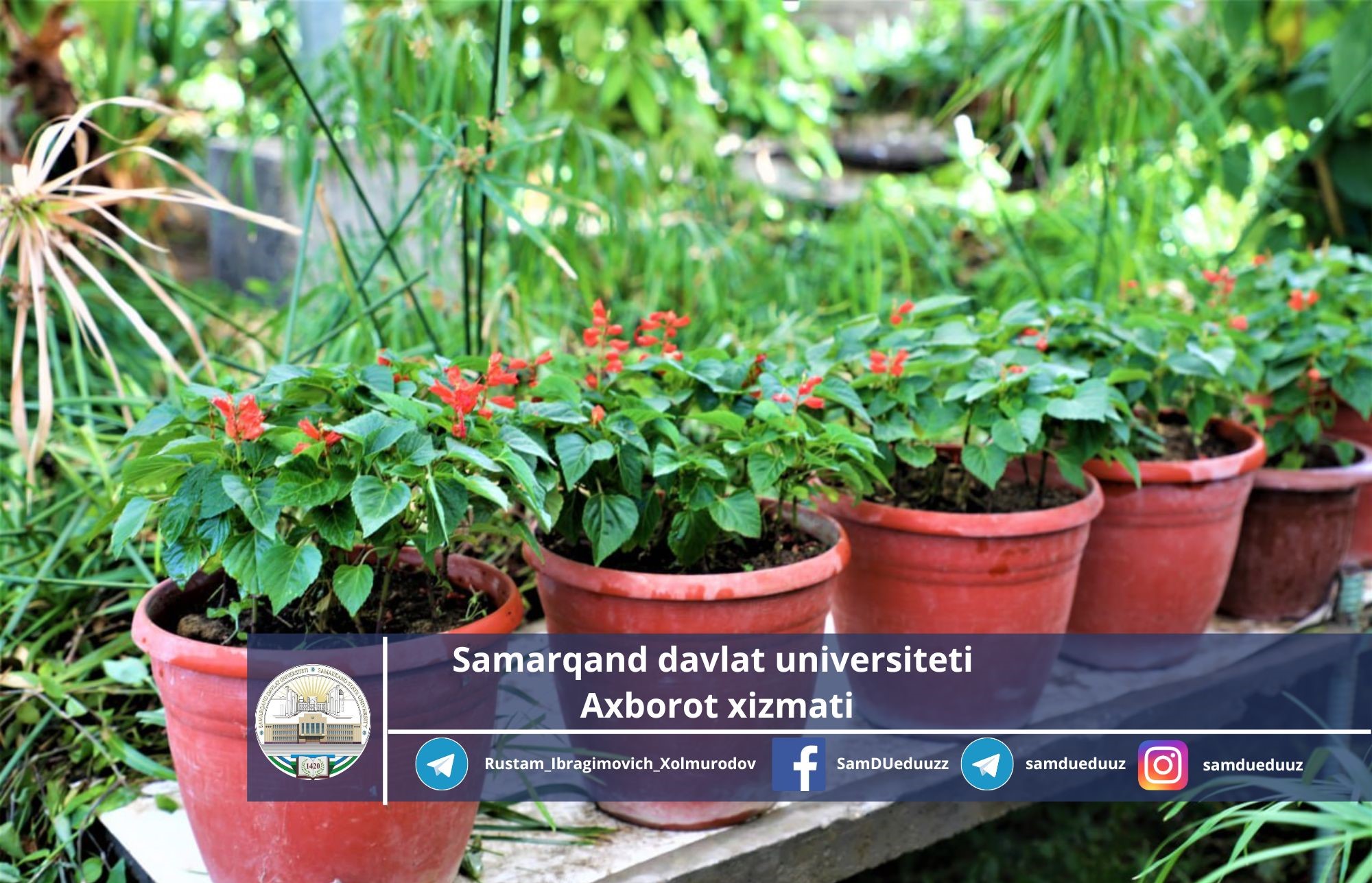
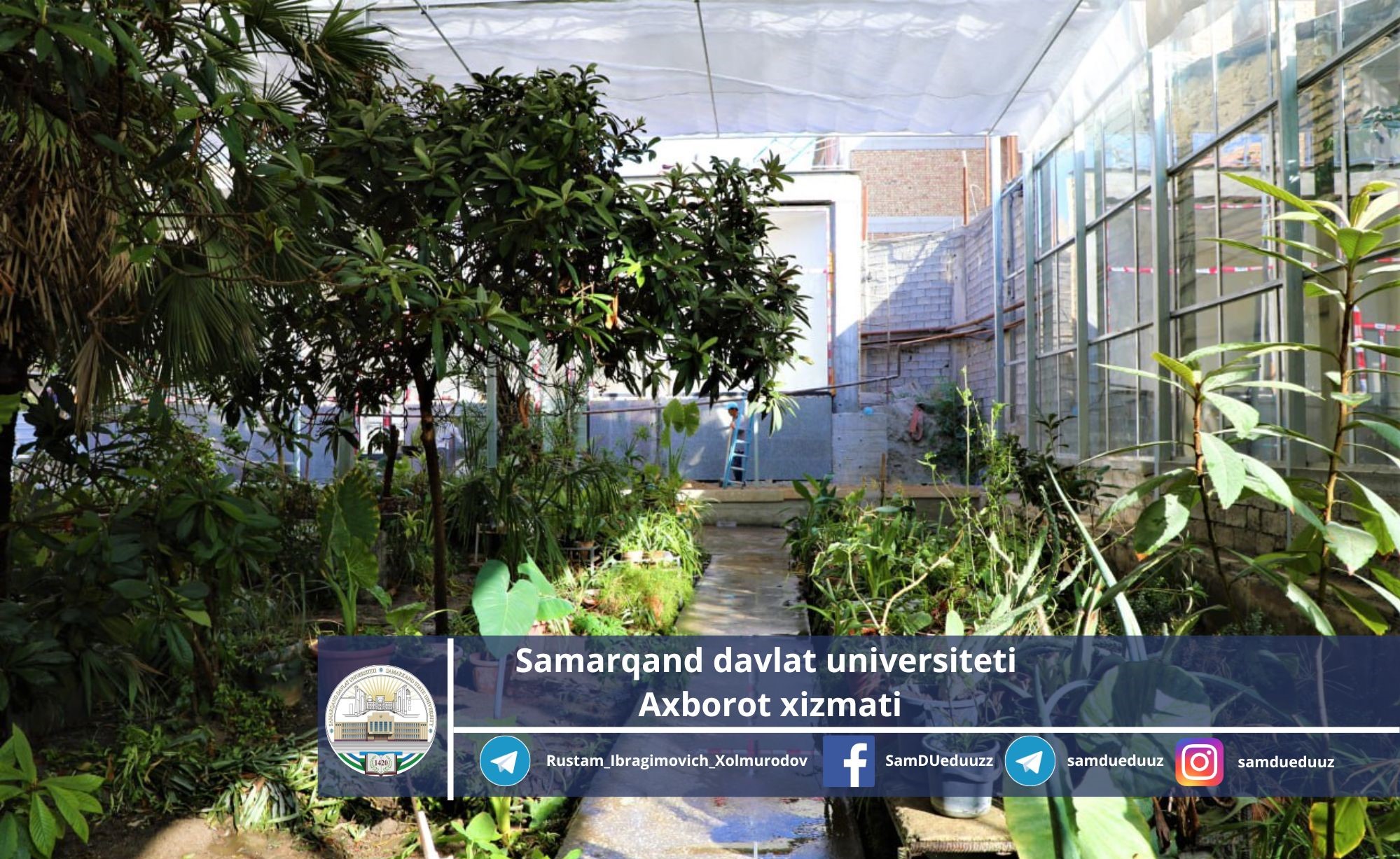 .
.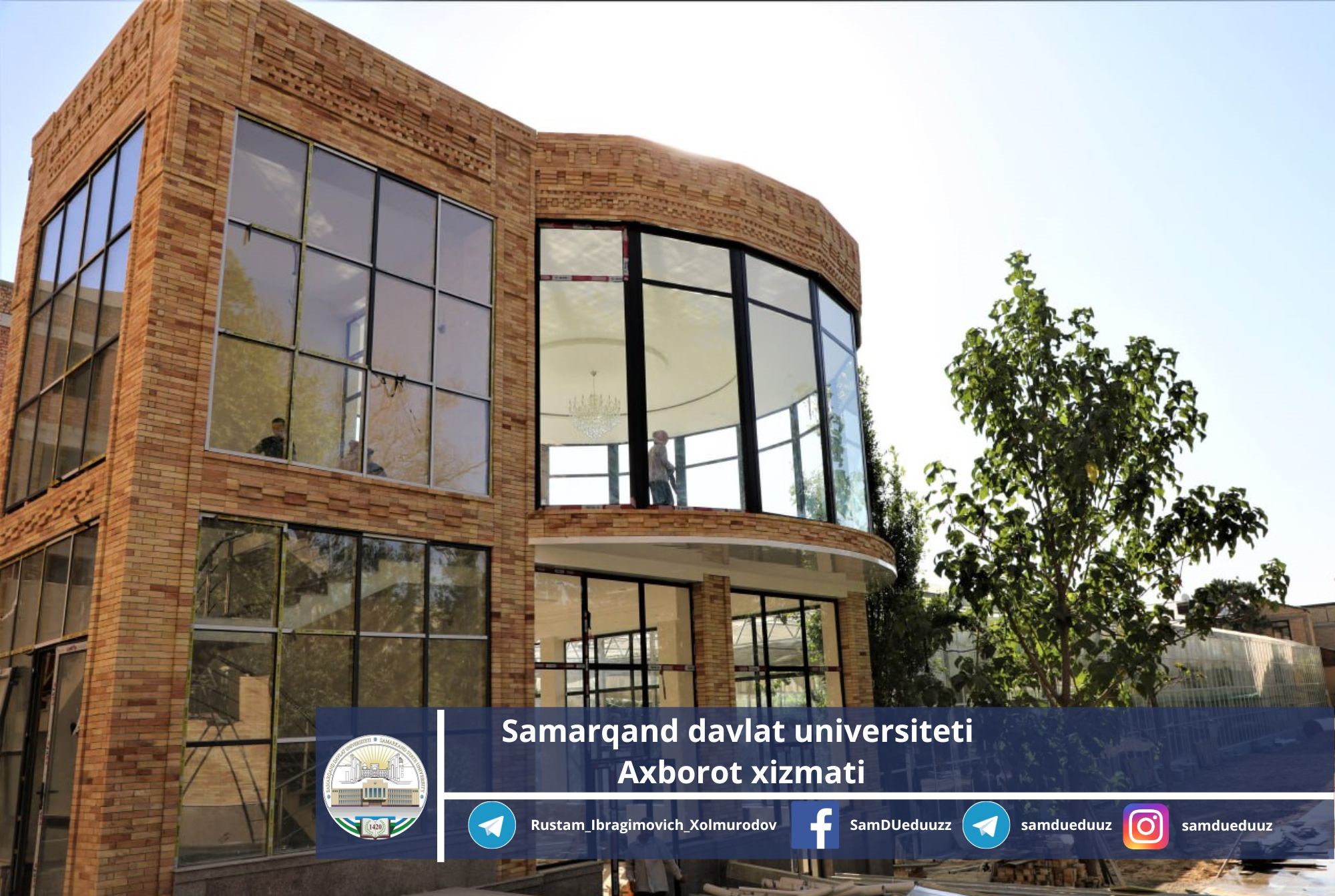
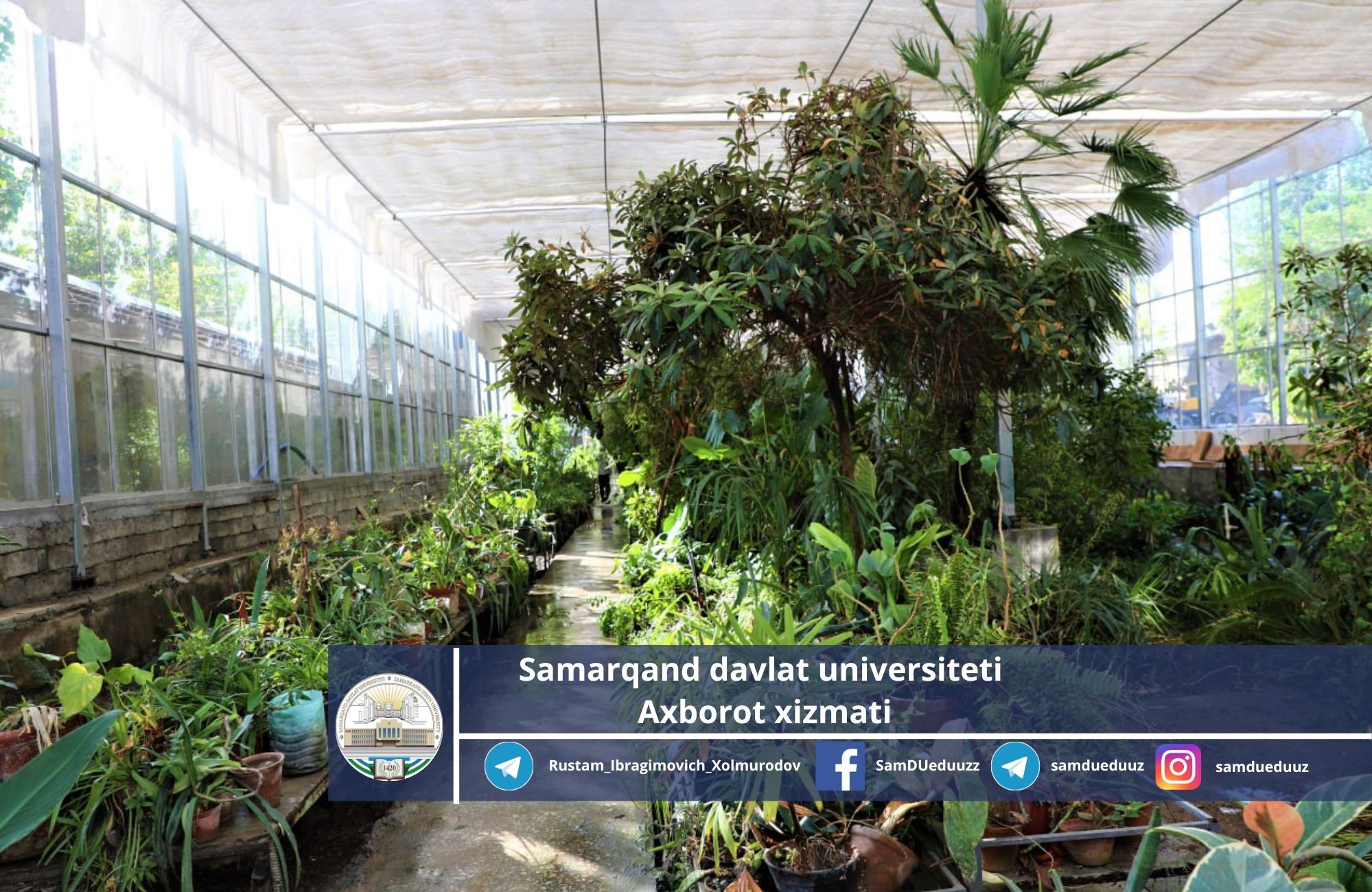
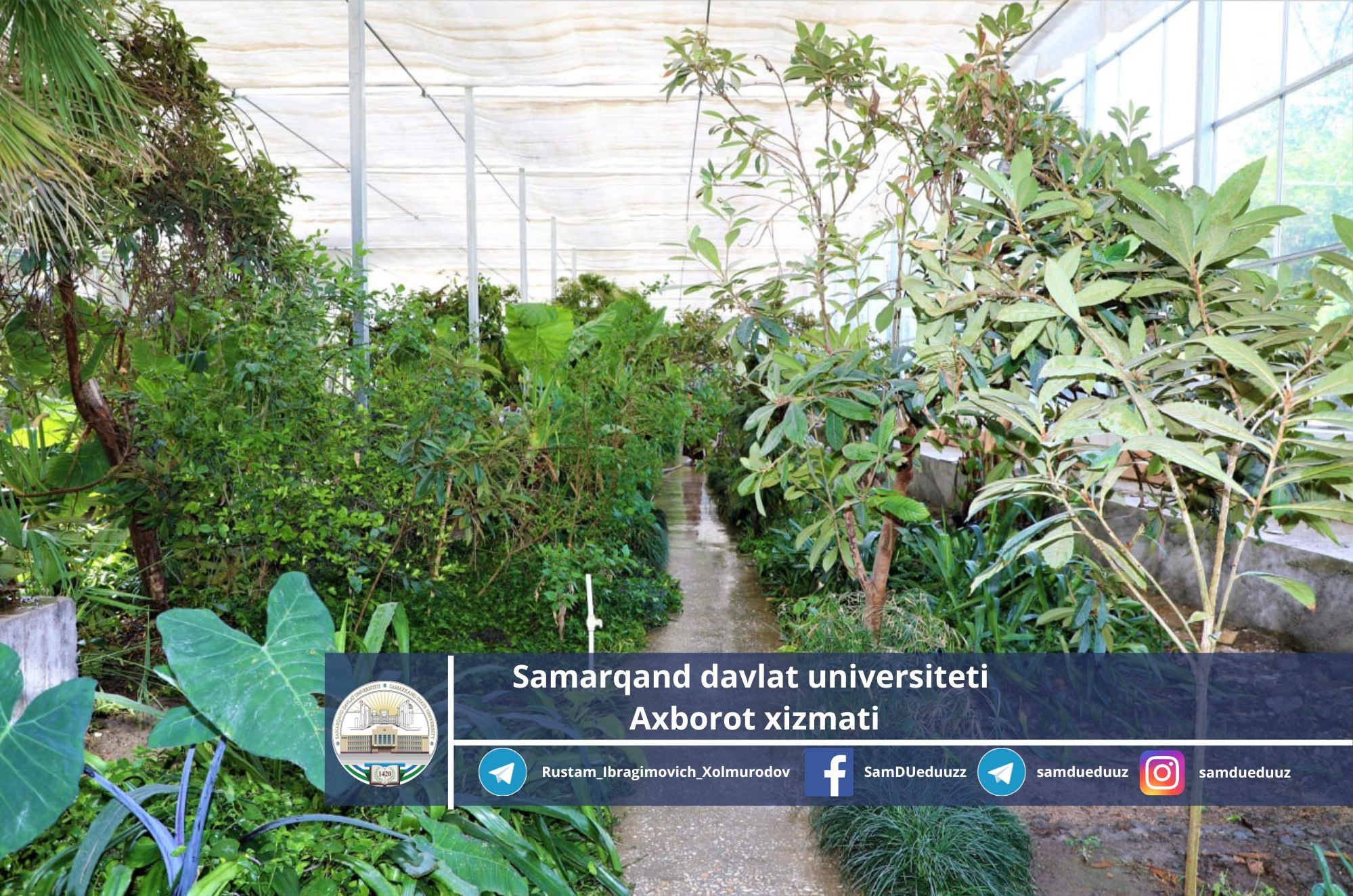
Information Service,
Samarkand State University.

